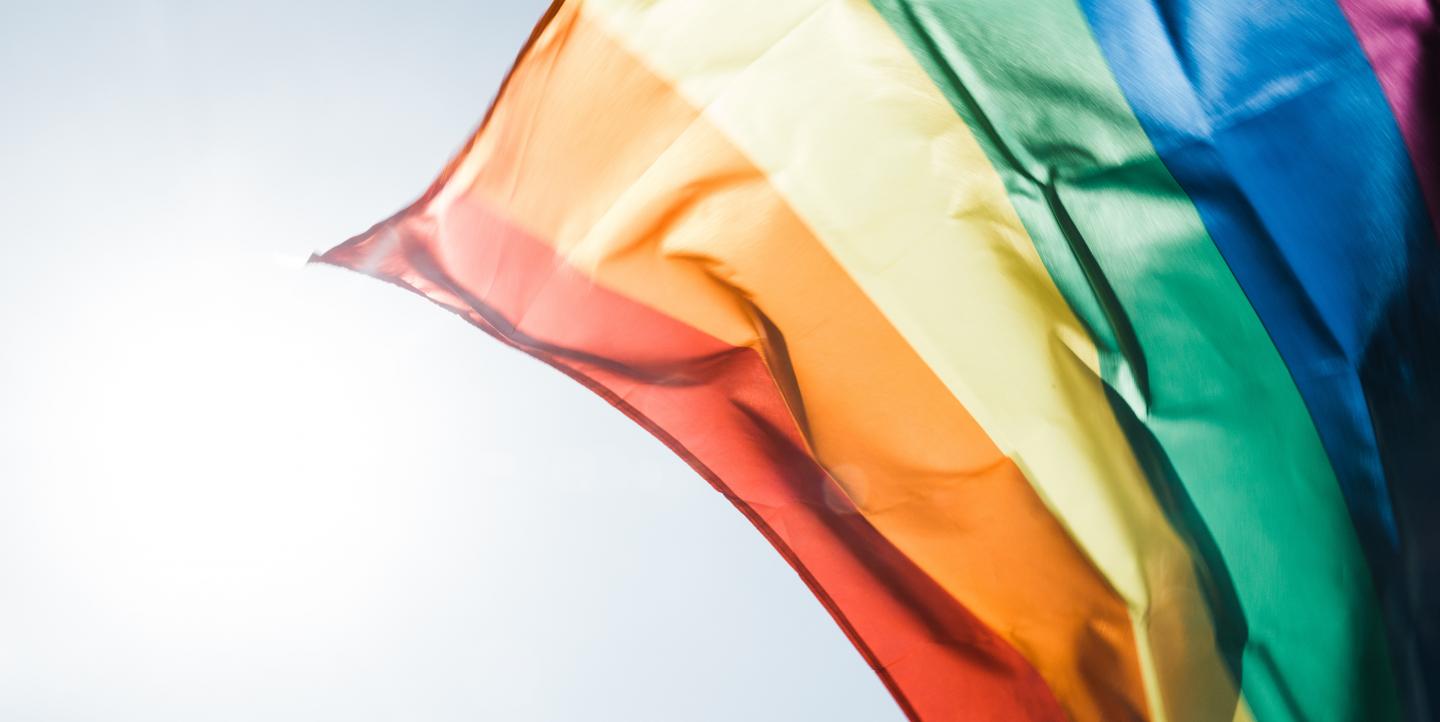“LGBT is a mental disorder, it can be cured,” screamed a headline in Republika, Indonesia’s largest Islamic newspaper. The article quotes a neuropsychologist from Indonesia’s Al Azhar University, who claims the six recognized religions prohibit LGBT relations, as well as a ministry official who gave a false statement that homosexuality is classified as a mental disorder.
Meanwhile, the country’s largest online media outlet, Tribunnews, tends to view the LGBT community through a lens of objectification, often tarring its members as mentally unstable or involved in criminal activities.
“Jealous bencong angrily stabbed his/her homosexual partner,” Tribunnews wrote in one headline.
Indonesians use the word ‘bencong’ or ‘banci’ to denote a man who they deem as not ‘masculine enough’.
As with much of the news coverage in Indonesia, the way these articles are framed only serves to spread homophobia.
They offer just two examples of how Indonesian media carelessly approaches LGBT stories from a religious perspective rather than a factual basis.
And the coverage has barely evolved since the government’s crackdown on the LGBT community in 2016. LGBT people are still underrepresented both in newsrooms and in their coverage, with outlets far from acknowledging the diversity of men and women.
Swap fear mongering for awareness
LGBT issues remain something of an elephant in the room in Indonesia.
We don’t offer any real perspectives on the issue, instead just publishing clickbait. We don’t raise awareness about respecting others’ gender and sexuality but instead spread fear mongering that being gay is a disease.
In 2016, the Alliance of Independent Journalists (AJI) reported that a large number of media outlets committed symbolic violence toward the LGBT community.
According to AJI, local media outlets choose story angles that portray LGBT people as criminals, while only few discuss their identity. In addition, the media often stigmatizes the LGBT community by only quoting government officials in stories that concern them — despite the fact that we know it’s too risky to use a single quote from the state apparatus, since, based on research, state officials are the main actors in directing hate speech toward LGBT people in Indonesia.
AJI promotes ‘better journalism for LGBTI’, sponsored by United Nations Development Program (UNDP), but questions remain as to whether the effort is enough to deal with this issue. The fact is that in the past two years nothing has changed.
The latest example is the persecution of 14 waria, or transgender people, in West Sumatra. The media only quoted the authorities, instead of taking a critical view of the arrests.
What we don’t learn in newsrooms
The reason Indonesian media is not developing its approach to the issue is a lack of understanding of Sexual Orientation, Gender Identity, Expression and Sex Characteristics (SOGIESC).
Most media outlets in Indonesia classify LGBT people as a sexual deviants. This is despite the fact that Indonesian culture has historically embraced transgender people in traditional Javanese puppet theatre and in the local Bugis community, in Sulawesi.
Indonesian reporters lack basic knowledge of non-binary gender and sexuality. Their only reference points come from our school curriculum and religious teachers, which is bigoted and discriminatory.
Perhaps training from AJI can help, but change will not come about in the short term.
The biggest challenge is that there is almost no support from Indonesia’s current chief editors. Most of the mainstream media avoid offering a perspective on LGBT but decide to be what they see as ‘neutral’.
The danger of being neutral is that the media doesn’t give any context, such as providing historical background about the position of LGBT people in Indonesian culture.
On the other hand, a journalist who writes frequently about LGBT issues can be accused of not being ‘neutral’ and face backlash from Islamists.
Good journalism will not compromise
In these circumstances, journalism should be bold instead of staying neutral. We should correct erroneous assumptions, even if we have go against majority opinion to do so.
In any case, a recent national survey found that about 57.7% of Indonesians support LGBT rights. This means that whatever their perception of LGBT people, most Indonesians believe in human rights.
Yet we are still waiting for the media to embrace the community in Indonesia and recognize LGBT rights. Today, there is only a little hope. And for those of us who choose to campaign for awareness, we walk a lonely path.
Indonesia’s journalists should be ashamed of being ‘neutral’. Giving equal weight both sides and being neutral is not the core of journalism, it’s just one of the techniques.
What’s most important is how we deliver the message. That is what is called journalism with perspective.
This article was originally published on The Splice Newsroom. It was republished on IJNet with permission.
Febriana Firdaus is a freelance investigative journalist based in Jakarta, Indonesia. She focuses on human rights, including women, indigenous people, and LGBT rights.
Main image CC-licensed by Unsplash via Peter Hershey

